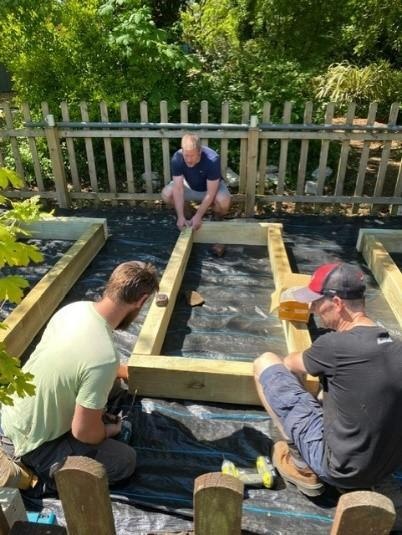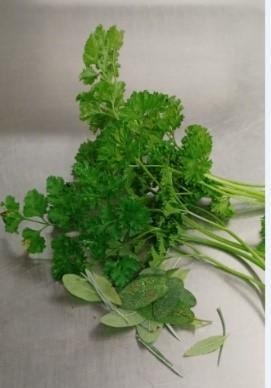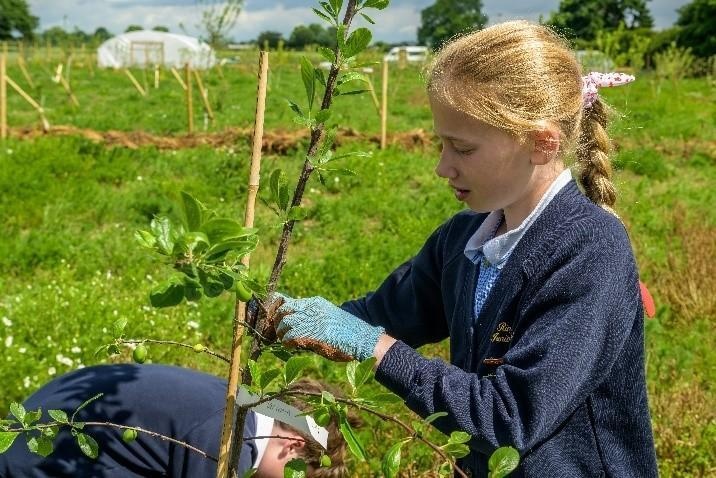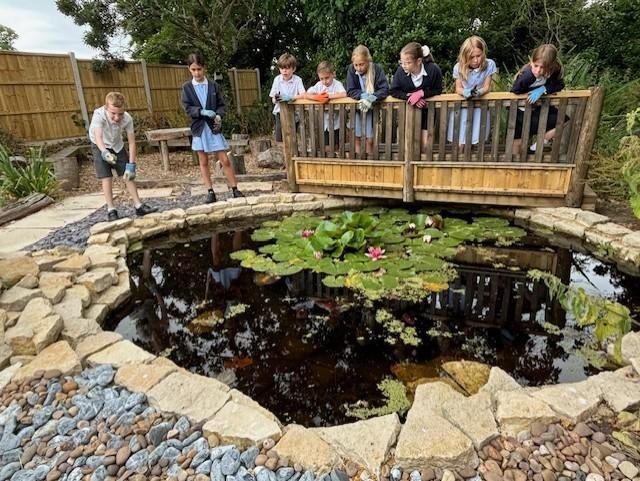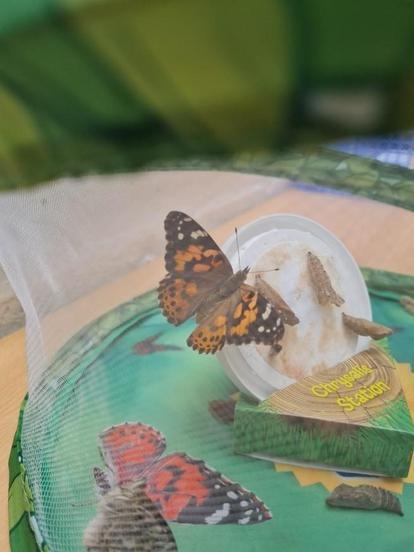Outdoor Learning
Vegetable Patch
In 2022, Ringwood Junior School began their first year growing and harvesting vegetables. The project completely transformed their overgrown vegetable patch to the wonder that it is now. With the generous assistance from one of the school’s parents, Terry Head from Stewart’s Garden Centre, the school has been able to rejuvenate the vegetable patch area. Donated to Ringwood Junior were multiple bags of compost and soil enricher, stones, slate and gravel, and many, many, many vegetable plants and herbs.
Each year group has their own raised bed which ‘Garden Monitors’ and the school ‘Gardening Club’ are responsible for. The children have taken such care over the area and keenly weed, carry out health checks, water and in the summer months, harvested beans, peas, courgettes, peppers, tomatoes, sage, chives, coriander, lavender and mint. These get taken to the school’s dedicated kitchen team who then used these in their cooking for the school’s lunches. Stir fries, vegetable rice and samosas are on the menu together with vegetable side dishes and herbs used to add flavour.
Daffodils
Ringwood Junior was fortunate enough to win hundreds of daffodil bulbs from Stewart’s Garden Centre. A competition was held where children were invited to create a piece of artwork with daffodils as the focus. The winning artwork was created by Olivia, so many congratulations to her!
Due to Olivia’s win, Ringwood Junior took delivery of hundreds of daffodil bulbs including bags of compost and pots. The school ‘Gardening Club’ spent time potting these up and planting the bulbs all around the school. As Spring begins, children and staff will see the carpet of yellow emerge around our school grounds.
Tree Planting
The school garden monitors were invited to ‘Four Acre Farm’ with ‘RACE’ (Ringwood Actions for Climate Emergency) to plant trees as part of the ‘Trees for the Future’ campaign to plant over 50,000 trees. RACE also donated heritage apple trees for our school grounds to mark the Queen’s Jubilee and the coronation of the King.
Pond
With the support of several parents, our school pond has been drained, cleaned, relined and refilled. This will provide our outdoor learning space with a long lasting, valuable habitat for many wildlife species: invertebrates, amphibians, birds and mammals. Floating plants such as water lilies provide places for more wildlife to flourish. We have created a natural seating area using recycled tree stumps to enable classes to use this area as an outdoor learning space.
Tadpoles
We have been very lucky this term to observe nature close up.
Earlier on in the term, we carefully transported some frog spawn from our school pond into a tank, kindly donated by a parent. We were then able to watch closely the life cycle of a frog take place, from frog spawn to tadpoles to froglets with back legs followed by front legs. The tails then started to shrink and we had tiny frogs. At just the right time, the froglets were slowly reintroduced back into our school pond, acclimatising to the outdoor environment. During our visits to this habitat, if we are quiet enough, we are able to spot some of our frog friends!

Butterflies
Our PTA have kindly funded our recent butterfly project. Each year group had their own pot of caterpillars arrive and we watched as they spent a fantastic time eating and eating and eating. They then crawled to the top of the inside lid and this is where they formed their incredible chrysalis.
To prepare for this metamorphosis, the caterpillars spun silk to attach themselves to the lid. In nature, this would be on a tree or leaf. The chrysalis started off soft and skin-like, but gradually hardened to form a protective shell. Within its protective casing, the caterpillars radically transformed into the beautiful ‘Painted Lady’ butterflies.
When the butterflies emerged, their wings were wet and crumpled. They climbed to hang upside down to allow gravity to help them pump fluid from the abdomen into their wings, to be able to fully expand them. Once expanded, their wings begin to dry.
They then spent time getting used to being able to fly. We made sure the butterflies had sugary water and a supply of freshly sliced oranges and strawberries to feed on to gain strength. When the time was right, each year group found a time to go outside to our back grass area to release them. It was wonderful to watch them fly from their net habitat to the big, wide world. Our butterfly friends have been spotted many times since.
It is a real privilege to be able to observe nature’s miracles this close up and we look forward to more opportunities in the future.


